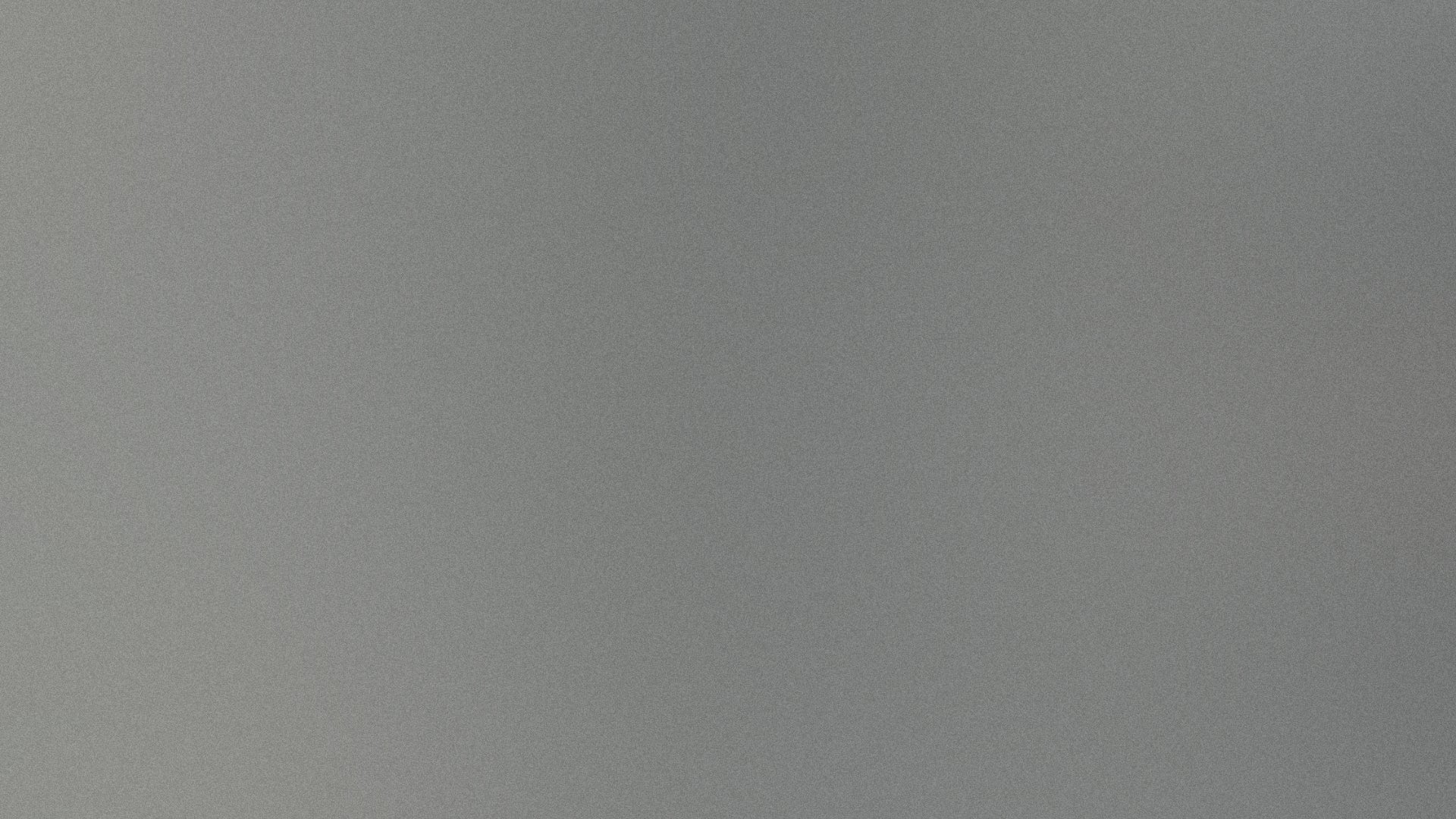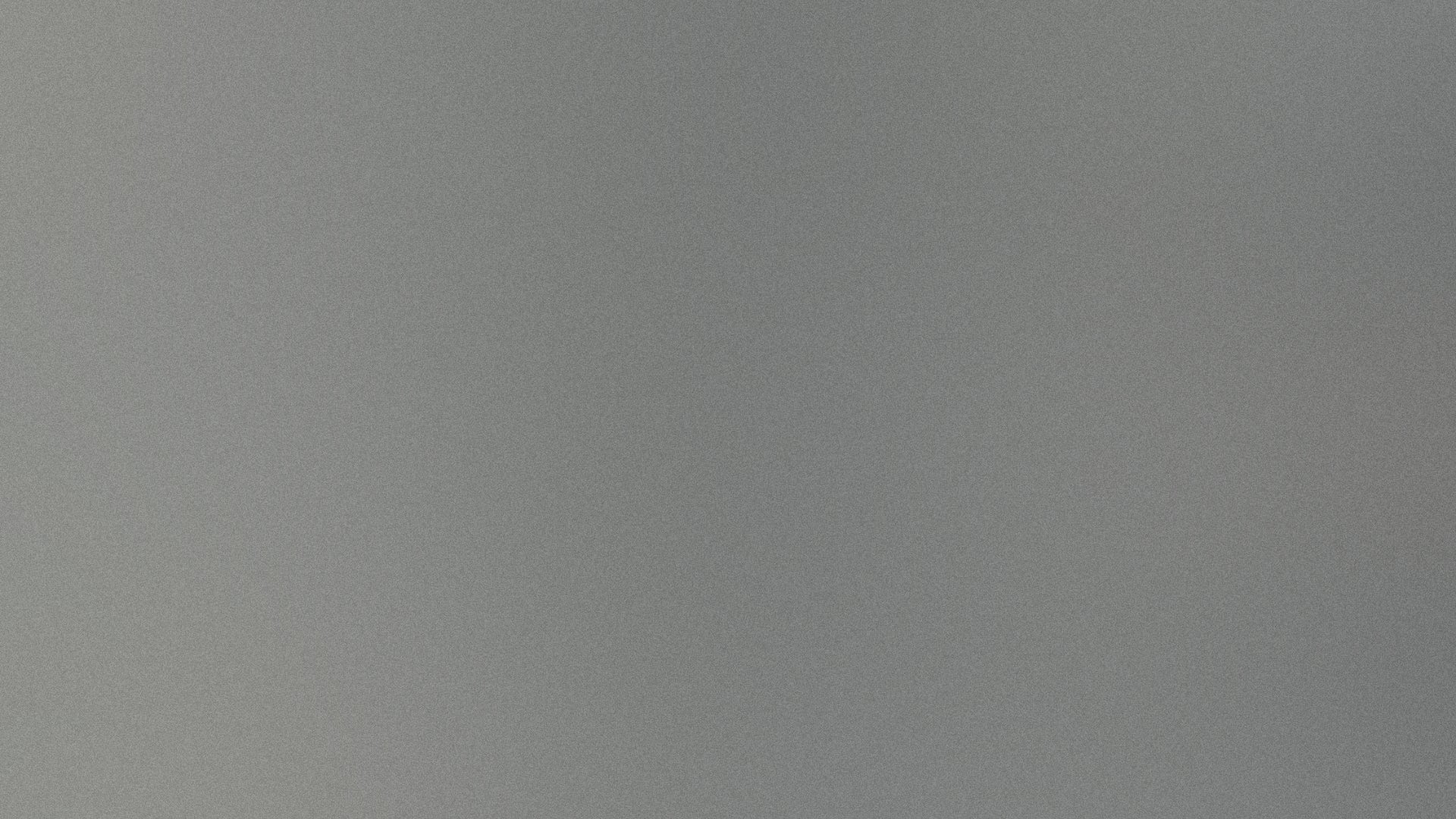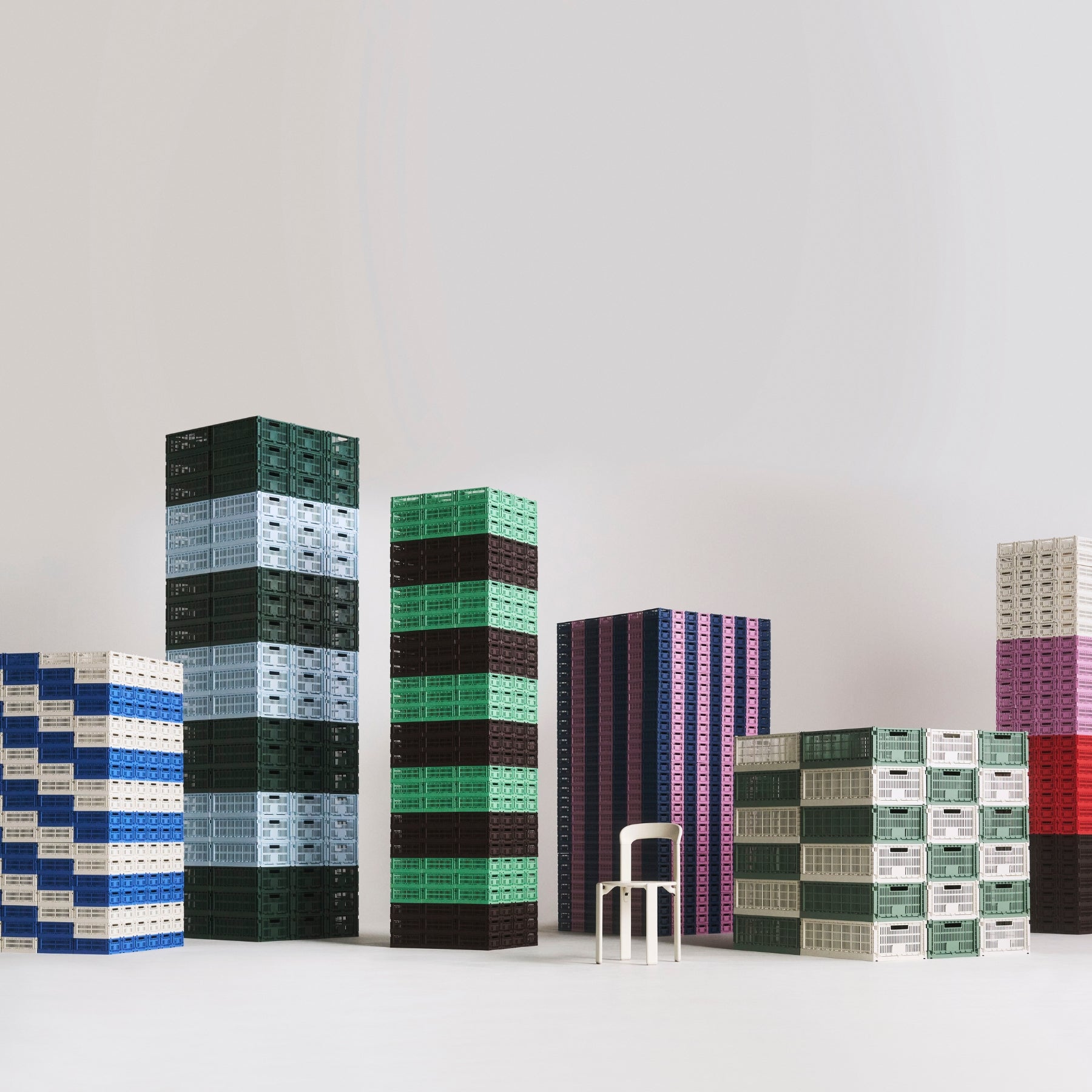Sales of hardwood in Australia have been slowly declining over the past few years. While the global economy does play a part in this, many new materials such as MDF have risen to take their place. But do you know its many benefits?
Formerly considered a cheap alternative, this material can now rival many types of wood. Read on as we answer the question "What is MDF?" and tell you its many properties.
What Is MDF?
MDF is an alternative to plywood and many other types of hardwood. Originally, it was a weaker product and considered inferior. Technology has now brought it to a stage where it is a very reliable substance with qualities that can be better than solid wood in many circumstances.
This wood has a very even finish, with no knots or grains. It is also extremely easy to work with, not splintering or causing burns and tears.
What Does MDF Stand For?
MDF stands for medium-density fibreboard. It starts life as sawdust and shavings that get collected and dried out. This is then mixed with resin, wax, and is shaped into panels.
High heat and pressure get added, making the panels durable. They are then sanded down and cut to shape.
MDF Material Furniture
Due to the ease with which it can be shaped and its durable properties, MDF has become the material of choice for furniture. You could argue that the popularity of flat-pack furniture would not have happened were it not for MDF.
A whole host of add-ons to the industry have appeared as a result, such as assembly companies and die-hard fans who customize pieces.
Another factor that has helped this popularity is that laminated MDF can look very attractive. Done correctly, it can look as good as higher-end furniture.
When the veneer is added to the surface layer, such as in this Hansen Natural Entertainment unit, you can see the beautiful finish that can be achieved.
MDF Strength vs Wood
It is hard to get an exact answer for this, as furniture can be made from a range of different woods. MDF itself is very strong and is more likely to snap than crack. It can be just as robust, if not stronger, than many types of wood.
Where it excels in the strength department is its ability to handle temperature and atmospheric changes. If exposed to heat or moisture in the air, MDF will retain its shape and strength. This is in contrast to wood which is strong but can suffer in these circumstances depending on the type.
Advantages of MDF
MDF has a number of advantages. Below are the main ones you should consider when buying furniture.
1. Affordability
MDF boards are generally cheaper than most types of wood. This price applies to the raw material and the cost of furniture made from it. Only really high-end MDF may be the same price as lower quality timber.
This type of wood is also very easy to find. Most stores will have a ready supply of it, that can be easily cut to your desired size.
2. It Is Hard to Break
While wood is at its core, the makeup of MDF is totally different. As it is held together by wax and resins, the properties change. This makes it much stronger than most types of wood.
Under pressure, timber will splinter and crack. While different woods can take different amounts of pressure, MDF tends to retain its form. Only high levels of water damage can really destroy its structure.
3. Easier to Use
It is also much easier to work with MDF on a number of levels. Due to its make-up, it can be easily cut and shaped into various designs. Quite intricate designs such as this Logan Nutmeg hybrid can be created, fusing style and practicality.
MDF can also have a range of finishes. With the addition of veneers, most MDF furniture will look just like solid wood. This side table even has the appearance of concrete but is MDF underneath.
Disadvantages of MDF
There are very few downsides to MDF. As a furniture material, it is almost unparalleled. However, some instances in which it may not work are listed below.
1. MDF Is Heavier
Many people assume that MDF is lighter than solid wood. This is not the case, as it is made from compressed materials. Some woods can be extremely light, and it is one of the reasons flat-pack often needs more support and fixtures.
2. Hard to Repair Damage
When solid wood gets damaged, it can be repaired easily. A replacement part can get added, or refinishing and sanding can leave it looking as good as new.
The outer layer of MDF is more compressed, so the wood itself acts as a protective layer. When penetrated, the softer core gets revealed. Should MDF suffer damage, sanding and refinishing will not be possible because of this.
3. Melts in Heat
As the wood particles are held together with resin and wax, MDF does not fare well in extreme heat. If it is placed in front of radiators, ovens, and indirect sunlight, you may find it loses its structure.
Purchasing MDF
When you buy MDF as raw material, you will find it comes in a tan and dark brown colour. For most people, the shade is irrelevant, as it is often hidden or finished later. Boards can be bought in 1/2 to 3/4 inch thicknesses.
You should also be aware that different boards may have certain properties and be stamped as such. Green stamps indicate the board is moisture resistant. Red stamps indicate that it is fire retardant.
Choosing MDF for Your Next Project
Now that you can answer the question "What is MDF?" and know its benefits, consider it for your next project. Either using it for your own carpentry or buying it in fittings, it cannot fail.
Agos Co. should be your first stop for high-quality, modern furniture. We can provide everything from outdoor goods to homeware, to give your property a fresh look.
Click here to contact our staff with any questions you have about our range of products.









